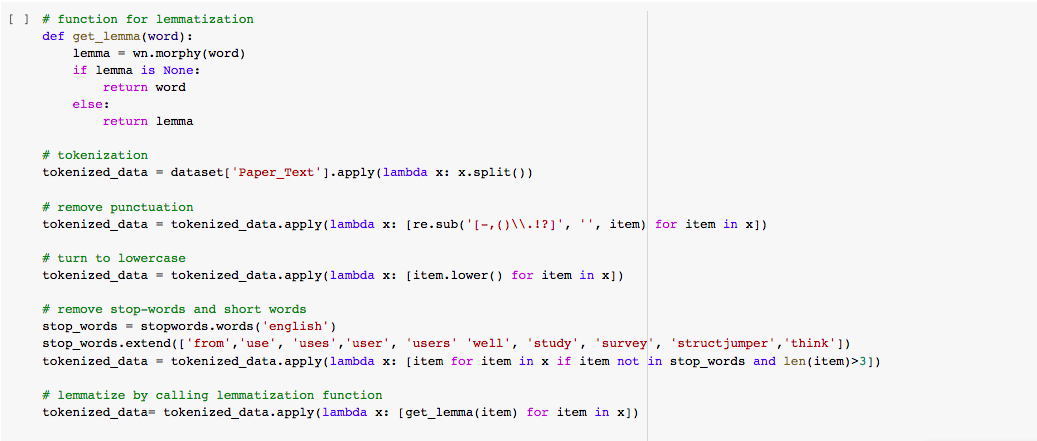

Returns the list of terms recognized in the text, including their exact location (annotations) LaSIGE, Faculdade de Ciências, Universidade de Lisboa, Portugal, 2017 Roth, Cognitive Computation Group, 2009Ĥ-label type set (people / organizations / locations / miscellaneous)ġ8-label type set (based on the OntoNotes corpus)

Works with unstructured and semi-structured data sourcesĬogComp NER Tagger (Illinois Named Entity Tagger), Named-entity recognition tools: NLTK, spaCy, General Architecture for Text Engineering (GATE) - ANNIE, Apache OpenNLP, Stanford CoreNLP, DKPro Core, MITIE, Watson Natural Language Understanding, TextRazor, FreeLingare described in the “NER” sheet of the table.ĭefence Science and Technology Laboratory (Dstl), 2014 Named-entity recognition (NER) aims to find named entities in text and classify them into pre-defined categories (names of persons, locations, organizations, times, etc.). It’s also possible to draw the sentence tree structure using code result.draw()

(S (NP A/DT black/JJ television/NN) and/CC (NP a/DT white/JJ stove/NN) were/VBD bought/VBN for/IN (NP the/DT new/JJ apartment/NN) In the “Stemming” sheet of the table some stemmers are described. The main two algorithms are Porter stemming algorithm (removes common morphological and inflexional endings from words ) and Lancaster stemming algorithm (a more aggressive stemming algorithm). Stemming is a process of reducing words to their word stem, base or root form (for example, books - book, looked - look). This task can be done using stop words removal techniques considering that any group of words can be chosen as the stop words. In some cases, it’s necessary to remove sparse terms or particular words from texts. It is possible to remove stop words using Natural Language Toolkit (NLTK), a suite of libraries and programs for symbolic and statistical natural language processing.įrom .stop_words import STOP_WORDS These words do not carry important meaning and are usually removed from texts. “Stop words” are the most common words in a language like “the”, “a”, “on”, “is”, “all”. Provides language analysis functionalities TALP Research Center, Universitat Politècnica de Catalunya There are a number of options that affect how tokenization is performed Rate of about 1,000,000 tokens per second,
CLEAN TEXT WITH GENSIM SOFTWARE
Tokenizer is not distributed separately but is included in several software downloads The Stanford Natural Language Processing Group, 2010 Support for inference in general graphical models Includes sophisticated tools for document classification and sequence tagging MAchine Learning for LanguagE Toolkit (MALLET),Īndrew Kachites McCallum, University of Massachusetts Amherst, 2002 RapidMiner provides a GUI to design and execute analytical workflows
CLEAN TEXT WITH GENSIM FOR MAC OS X
Includes binaries (TiMBL, MBT and MBLEM) Precompiled for Mac OS X Includes an information extraction system GATE research team, University of Sheffield, 1995 General Architecture for Text Engineering (GATE), Has currently 3 main implementations ( OpenNMT-lua, OpenNMT-py, OpenNMT-tf) Is a generic deep learning framework mainly specialized in sequence-to-sequence modelsĬan be used either via command line applications, client-server, or libraries. Vector space modeling and topic modeling Ĭontains a large number of pre-built models for a variety of languages Runs on Unix/Linux, MacOS/OS X, and Windows. Table 1: Tokenization tools Name, Developer, Initial releaseĬontains many corpora, toy grammars, trained models, etc. In this table (“Tokenization” sheet) several tools for implementing tokenization are described.

Words, numbers, punctuation marks, and others can be considered as tokens. Tokenization is the process of splitting the given text into smaller pieces called tokens.


 0 kommentar(er)
0 kommentar(er)
